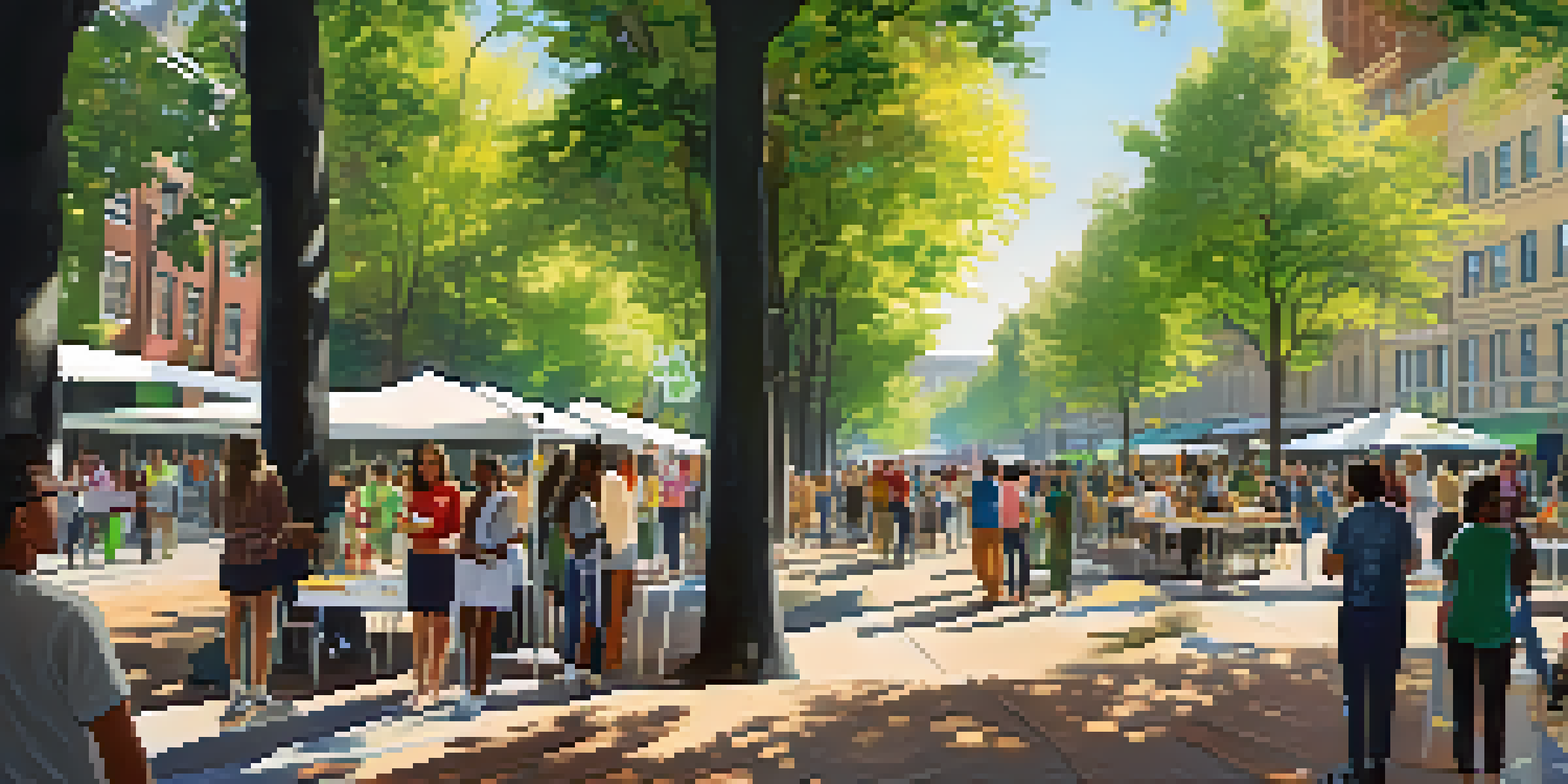The Role of Technology in Public Engagement for Urban Planning

Understanding Public Engagement in Urban Planning
Public engagement is a vital component of urban planning, as it ensures that the voices of residents are heard and considered in decision-making. This process allows community members to express their needs, concerns, and aspirations regarding their environment. By actively involving the public, urban planners can create spaces that reflect the community's values and needs, ultimately leading to happier and more sustainable neighborhoods.
The Rise of Digital Tools in Urban Planning
In recent years, digital tools have dramatically transformed how urban planners engage with the public. Platforms such as interactive mapping, online surveys, and social media provide accessible channels for residents to share their input. These tools not only streamline the feedback process but also allow planners to reach a broader audience, ensuring that diverse perspectives are considered.
Engaging the Public in Planning
Public engagement ensures that community voices shape urban planning decisions.
Using Social Media to Foster Community Dialogue
Social media has emerged as a powerful tool for urban planners to engage with the community. By using platforms like Twitter and Facebook, planners can share updates, solicit feedback, and encourage discussions about ongoing projects. This instant communication fosters a sense of community and involvement, allowing residents to feel more connected to the decision-making process.
Interactive Mapping: A Game Changer for Engagement
Interactive mapping tools allow residents to visualize proposed changes in their neighborhoods, making the planning process more tangible. These tools enable users to explore different scenarios, providing a clearer understanding of potential impacts. This visual representation not only enhances engagement but also encourages more meaningful feedback, as residents can pinpoint specific areas of concern or interest.
Digital Tools Enhance Feedback
Innovative digital tools like interactive mapping and social media broaden public participation in urban planning.
Virtual Reality: Immersive Experiences in Planning
Virtual reality (VR) is pushing the boundaries of public engagement in urban planning by offering immersive experiences. By allowing residents to 'walk through' proposed developments, planners can gather more insightful feedback. This hands-on approach helps community members better understand the implications of urban projects, fostering more informed discussions and decisions.
The Importance of Accessibility in Engagement Tools
For technology to be effective in public engagement, it must be accessible to everyone. This means considering various factors, including language, digital literacy, and socioeconomic status. By ensuring that engagement tools are user-friendly and available in multiple formats, planners can create a more inclusive environment where all voices are heard.
Accessibility is Key for Inclusion
Making engagement tools accessible to all is crucial for inclusive public participation in urban planning.
Data-Driven Decision Making in Urban Planning
Technology not only facilitates public engagement but also enhances data collection and analysis. Planners can use sophisticated analytics tools to identify trends, preferences, and patterns from community feedback. This data-driven approach allows for more informed decisions, ultimately leading to urban solutions that better serve the community.
Future Trends: The Evolution of Public Engagement
As technology continues to evolve, so too will the methods of public engagement in urban planning. Innovations like artificial intelligence and big data will likely play even larger roles in shaping urban environments. By staying attuned to these trends, planners can ensure that engagement processes remain relevant, effective, and reflective of the communities they serve.